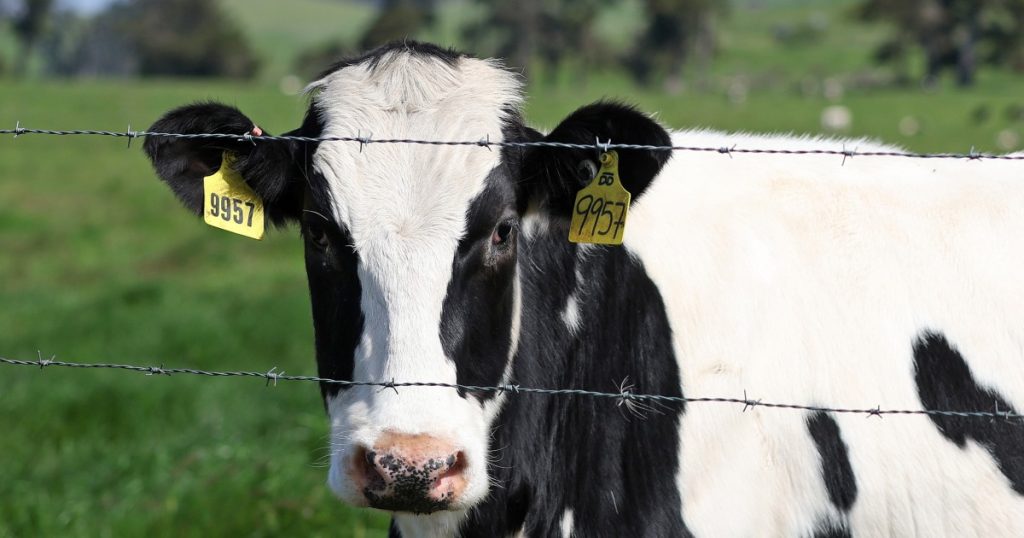A farmworker in Michigan who had regular exposure to infected livestock has become the second person in the U.S. to be infected with bird flu linked to dairy cows. The individual had mild symptoms and has since recovered, with health officials reassuring the public that the current risk to the general population remains low. The Michigan Department of Agriculture and Rural Development confirmed additional cases in cows this week, with a total of 19 herds affected in that state. Nationally, at least 51 herds in nine states have been impacted by bird flu in dairy cattle.
The U.S. Department of Agriculture reported that herds in various states including Kansas, Colorado, Idaho, New Mexico, North Carolina, Ohio, South Dakota, and Texas have tested positive for bird flu. Federal health authorities are expected to provide further information on the matter in a media briefing. Despite the typical flu season being over, the CDC is urging state and local health authorities to continue monitoring for flu cases at enhanced levels throughout the summer, as testing for the virus typically decreases during this time.
The bird flu, also known as H5N1, is a type of influenza A virus that was first identified in 1997. Since then, there have been just over 900 documented cases globally in humans, with a fatality rate of over 50%. However, this rate may be an overestimate as some cases could be mild or go undetected. In March, a dairy worker in Texas was diagnosed with the bird flu, marking the first documented case of the virus spreading from a cow to a human. The individual’s only symptom was conjunctivitis, and he later recovered.
This recent case in Michigan is the third of its kind in the U.S., with a previous diagnosis in 2022 of an inmate in Colorado who was working on a commercial farm culling birds suspected of infection. The inmate experienced fatigue as his only symptom and recovered after treatment with Tamiflu. There is currently no evidence to suggest person-to-person transmission of the H5N1 virus, and none of the individuals living with the infected dairy worker in Texas became ill. The CDC recommends that those in contact with dairy cattle wear protective equipment, including safety glasses, waterproof aprons, and sanitized boots.
The CDC is advising states to increase the number of positive influenza A virus samples submitted for subtyping in order to help detect even rare cases of human H5N1 virus infection in the community. It is essential to continue monitoring for flu cases amidst the ongoing threat of bird flu linked to dairy cows. With early detection and monitoring of emerging illnesses like bird flu, public health officials can work to prevent the spread of the virus and protect the health and safety of the general population.


